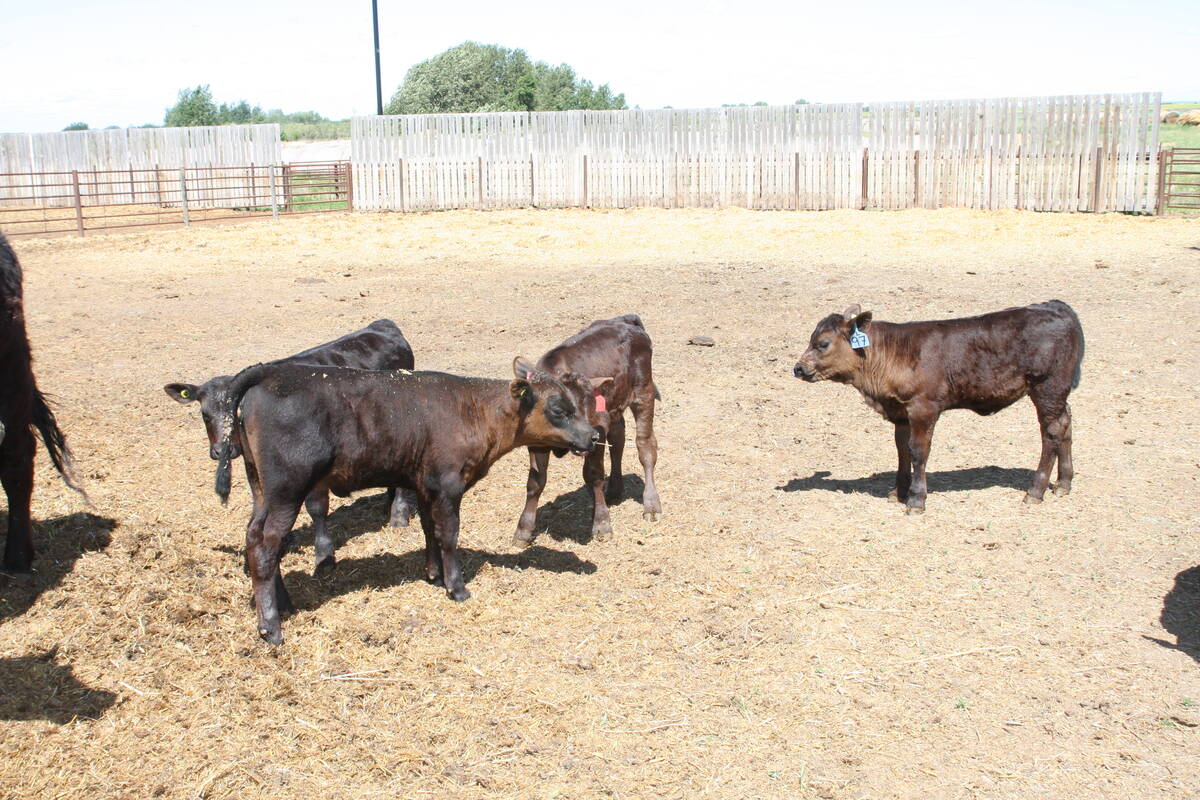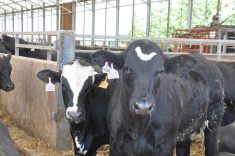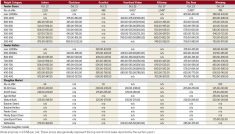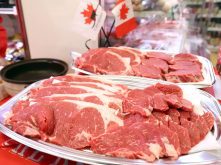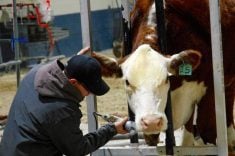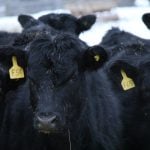Tariffs were the word of the day at the 44th annual Livestock Markets Association of Canada convention.
The topic came up repeatedly at the event in Brandon May 8-10, from the steps industry groups have taken to how the market has responded.
“Trade has been a huge priority,” said Tyler Fulton, president of the Canadian Cattle Association (CCA).
Read Also

Agribition kicks off in Regina
Canadian Western Agribition 2025 is full tilt in Regina with burning of the brand and new family event on the schedule
WHY IT MATTERS: Livestock producers are faced with a mood tug of war when it comes to current events. On one hand, markets are great. On the other, there’s the spectre of a trade war.
Canada exports about 50 per cent of its live cattle and beef. Of that portion, about 75 per cent goes to the United States, Fulton said.
“When you are so reliant on a market, specifically a single market, that, consistently, is the highest globally in the world, you need to put resources to maintain that, and that’s a critical role of CCA.”
Policy shifts prompt rapid response
When President Trump was elected in November of last year and began talking about tariffs on Canadian goods, Canadian cattle producers had a variety of responses, Fulton said.
“Some took him very, very seriously right off the bat. Others discounted it, saying it was all talk.”
Trump’s 25 per cent tariffs on imports from Canada went into effect on March 4. That same day, Dominic LeBlanc — then minister of both finace and intergovernmental affairs, the latter of which he’s retained in Prime Minister Carney’s new cabinet — and then-minister of foreign affairs Mélanie Joly announced 25 per cent counter tariffs on $155 billion worth of U.S. goods, starting with certain goods worth $30 billion.
Weeks of back-and-forth tariff moves ensued.
The U.S. introduced an exception for goods compliant with the free trade agreement between Canada, the U.S. and Mexico, but also introduced 25 per cent tariffs on Canadian steel and aluminum. Tariffs also remained against Canadian energy and potash at 10 per cent.
Following those steel and aluminum tariffs, on March 12, Canada announced a plan to impose more retaliatory tariffs, totalling $29.8 billion, on U.S. imports.
Tariffs have further been volleyed between the two governments on vehicles.
Economic study highlights potential tariff consequences for beef
The CCA responded quickly to the tariff situation, Fulton said.
When they realized a 25 per cent tariff was on the table “we needed to wrap our heads around what would be the impact of it on a North American marketplace, and to be able to advocate … we need credible information that we can use and reference in doing that work.”

The CCA commissioned a study, released on Dec. 13, that said 25 per cent tariffs on Canadian beef exports to the U.S. would bring significant economic repercussions, including a potential 13 per cent reduction in Canadian wholesale beef prices.
“We’ve used the results of that information a fair amount over the course of the last six months, moving throughout the fall and the winter months,” Fulton said.
Shifting export patterns affect domestic cattle inventory
U.S.-imposed tariffs have led to market volatility so far this year, said Canfax executive director Brenna Grant. In particular, their have been larger than average exports of fed cattle to the U.S.
“We were trying to move those cattle to the U.S. in advance of every tariff announcement so that we weren’t stuck with all of these cattle to process in Canada after something was announced,” she said.
As a result, domestic slaughter was artificially reduced, down to nine per cent, Grant reported. But after Trump’s April announcement that the exception for CUSMA goods remained in place (Messaging out of the White House briefly suggested that exception was being nixed before being rolled back) exports dropped significantly to well below average.
“This situation that’s been caused by the tariffs in this first quarter is going to swing into the second half of the year as we see how supplies have changed moving forward. This is going to just add some more noise and volatility in 2025,” Grant said.
Strengthening Canada-U.S. cross-border collaboration
The CCA has been working on connecting with American counterparts on both national and state levels. Relationships built and maintained over many years cannot be undervalued, Fulton said.
“We’re talking about some of the big cattle states — Kansas, Oklahoma, Texas, Nebraska, South Dakota — all of those. We’ve had consistent representation either from the provincial organizations or CCA with people, directors or staff, attending those events.”

In December, the association started to engage more broadly with business councils in Canada and the U.S. to ensure industry was part of the right conversations and connecting with the right people, Fulton added.
In the last week of March, after he was elected CCA president, Fulton and other CCA members had a total of 16 meetings in Washington, D.C., with congressmen and the U.S. Department of Agriculture undersecretary of trade.
“I didn’t know what to expect in those meetings going into that. You realize coming in as a Canadian, you’re nobody’s constituent,” Fulton said. “There was really a full engagement, very robust understanding already as to the integrated nature of our industry and a desire to maintain that.”
Uncertainty leads to exploring new markets
As part of a broader strategy, it’s important that more resources are put into developing more markets for Canadian beef, Fulton said. The greatest opportunity, he believes, lies in Asia.
“I think it would be fair to say that Japan and South Korea in particular, and some of these developing Asian markets, represent a long-term future,” he said.
He hopes more market certainty once CUSMA goes back to the table for review, which is set to happen in 2026 but that stakeholders have been warned may be kickstarted prematurely.
As far as Fulton is concerned, the earlier, the better.
“I think it would be fair to say that anything that would help bring more certainty to the business environment, we would be supportive of,” he said.


